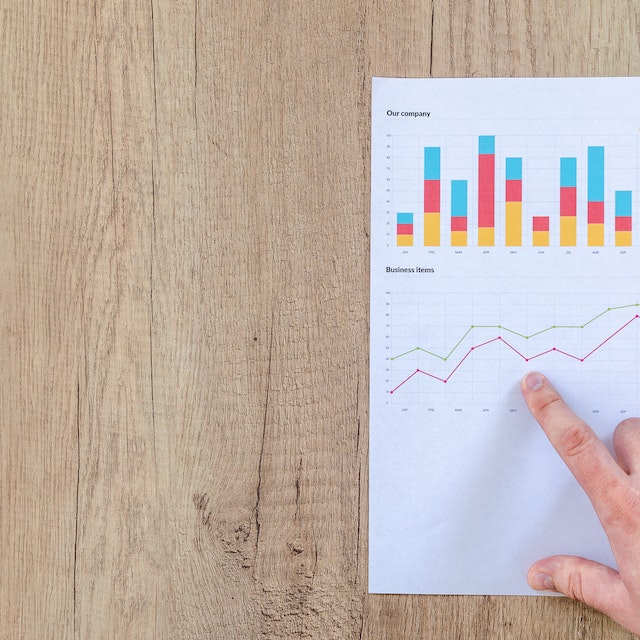Unlocking Insights: Interpreting Data
Post Date:
Analysis Data
In the age of information, data is the currency of the digital realm. We live in a world where data is generated at an unprecedented pace, from the click of a mouse to the heartbeat of a city's infrastructure. However, collecting data is only half the battle; the real challenge lies in deciphering its meaning and extracting valuable insights. This process is the art of interpreting data.
Interpreting data is akin to solving a complex puzzle. It requires a unique combination of skills, from statistical analysis to domain expertise and a dash of creativity. The insights derived from data interpretation can inform critical decisions in fields as diverse as healthcare, finance, marketing, and environmental science. We must explore this intricate process's methods, challenges, and significance to truly appreciate the art of interpreting data.
Data interpretation begins with the collection of raw data. The initial dataset, whether sensor readings, survey responses, or financial records, is often vast and complex. This complexity can be overwhelming, but it is here that the artistry of interpretation shines. Analysts must clean and preprocess the data, eliminating errors and outliers that could mislead the analysis. This stage is akin to a restorer delicately cleaning a masterpiece, revealing its true colours beneath layers of grime.
Once the data is cleaned, the heart of interpretation begins exploration. Analysts examine the data through various lenses, seeking patterns, trends, and correlations. Visualization tools, such as graphs and charts, play a crucial role here, transforming rows and columns of numbers into meaningful, comprehensible images. These visual representations can reveal insights that might have remained hidden in the numerical abyss.
During exploration, analysts must also consider the context in which the data was collected. Domain knowledge is indispensable; it guides the interpretation by providing a framework for understanding the data's significance. For example, a medical researcher interpreting patient data must understand medical conditions, treatments, and relevant variables. With this knowledge, the analysis could yield accurate conclusions.
One of the most challenging aspects of interpreting data is distinguishing causation from correlation. Just because two variables appear related does not mean one causes the other. This pitfall is where many stumble in their interpretation journey. It takes a discerning eye to differentiate between mere coincidence and meaningful relationships.
Moreover, interpretation is not solely a mathematical endeavour. It requires a degree of intuition and creativity. Analysts must often generate hypotheses and explore data from different angles to uncover unexpected insights. It's akin to a detective piecing together a complex crime scene, where each clue leads to a deeper understanding of the truth.
Interpreting data has its pitfalls and challenges. Biases, both conscious and unconscious, can cloud judgment. Confirmation bias, for instance, can lead analysts to favour data that supports their preconceived notions while ignoring contradictory evidence. Rigorous statistical methods, peer reviews, and collaboration are essential safeguards against these pitfalls.
The significance of data interpretation must be balanced. In a world awash with data, accurate and insightful interpretation is the linchpin of informed decision-making. It guides business strategies, informs public policy, advances scientific understanding, and even saves lives in healthcare settings. Data is noise without skilled interpreters—a cacophony of numbers without melody or meaning.
In conclusion, interpreting data is an art that combines scientific rigour, domain expertise, creativity, and critical thinking. It transforms raw data into actionable insights, guiding decisions that shape our world. Just as a skilled musician brings a symphony to life, a proficient data interpreter unlocks the harmonious patterns hidden within the data, revealing the melodies of knowledge. This art form is indispensable in our data-driven age, and those who master it hold the keys to unlocking a world of possibilities.
Last Update: Dec. 9, 2024, 11:21 p.m.


